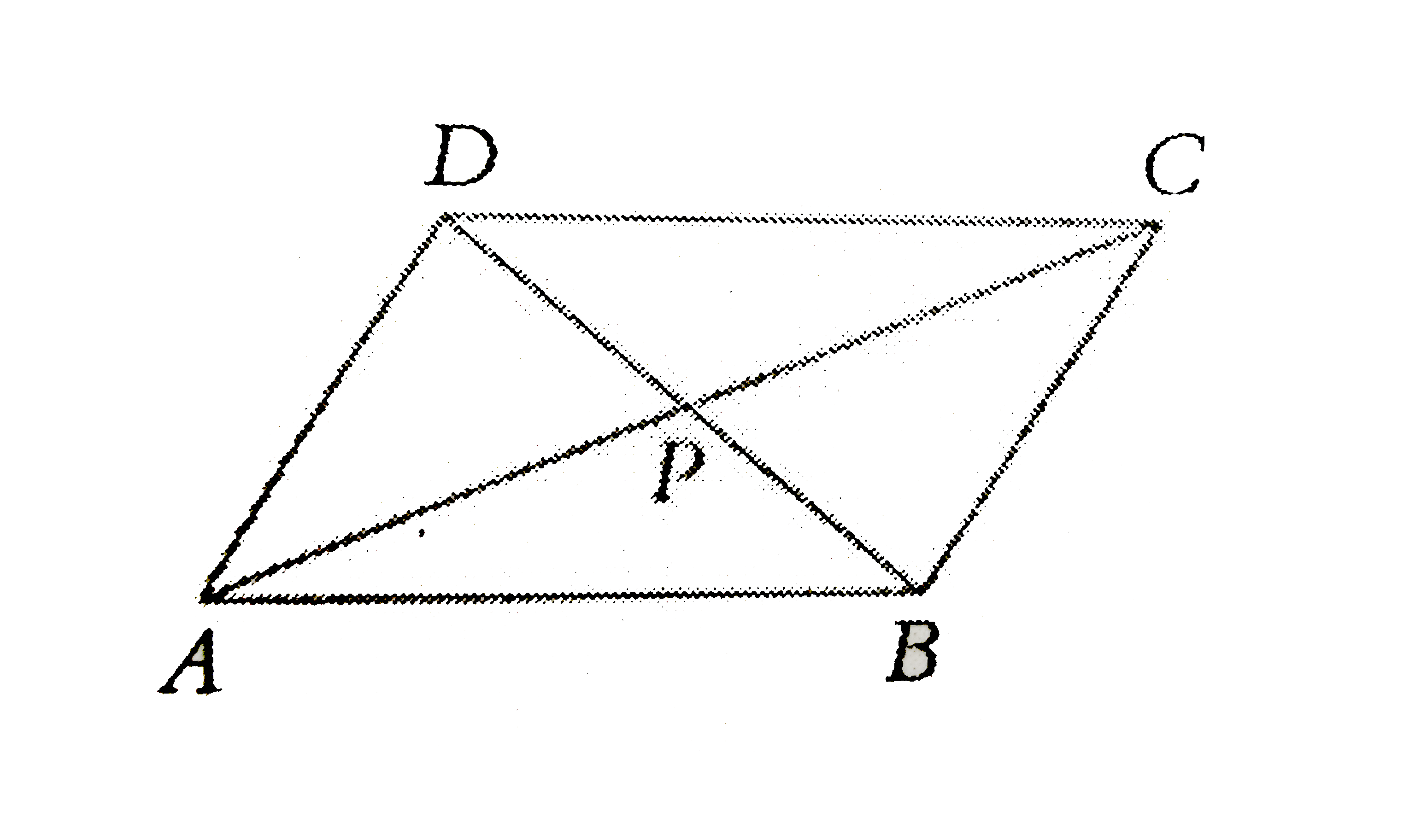If ABCD is a parallelogram, then −−→AC−−−→BD=
A
4−−→AB
B
3−−→AB
C
2−−→AB
D
−−→AB
Video Solution
Text Solution
The correct Answer is:C
|
Answer
Step by step video, text & image solution for If ABCD is a parallelogram, then vec(AC) - vec(BD) = by Maths experts to help you in doubts & scoring excellent marks in Class 12 exams.
Updated on:21/07/2023Topper's Solved these Questions
Similar Questions
Knowledge Check
ABCD is a parallelogram . If −−→AB=→a,−−→BC=→b, then what −−→BD equal to ?
A→a+→bB→a−→bC−→a−→bD−→a+→bABCD is a parallelogram with −−→AC=ˆi−2ˆj+ˆk and −−→BD=−ˆi+2ˆj−5ˆk. Area of this parallelogram is equal to:
A√5/2 sq. unitsB2√5 sq. unitsC4√5 sq. unitsD√5 sq. unitsLet ABCD is a parallelogram. If AB= →a and BC= →b then what is BD equal to ?
Aa) vec(a) + vec(b)Bb) vec(a) - vec(b)Cc) -vec(a) - vec(b)Dd) -vec(a) + vec(b)
A parallelogram ABCD. Prove that −−→AC+−−→BD=2−−→BC'
View SolutionABCD is a parallelogram with −−→AC=ˆi−2ˆj+ˆkand−−→BC=−ˆi+2ˆj−5ˆk. Area of this parallelogram is equal to
View Solution
In the figure above, ABCD is a parallelogram , and if AC=30 cm and BD=20 cm, find CP+DP.
View SolutionIf ABCDE is a pentagon, then
−−→AB+−−→AE+−−→BC+−−→DC+−−→ED+−−→AC is equal to
View Solution
In the figure above, ABCD is a parallelogram , and if AC=30 cm and BD=20 cm, find CP+DP.
View Solution
